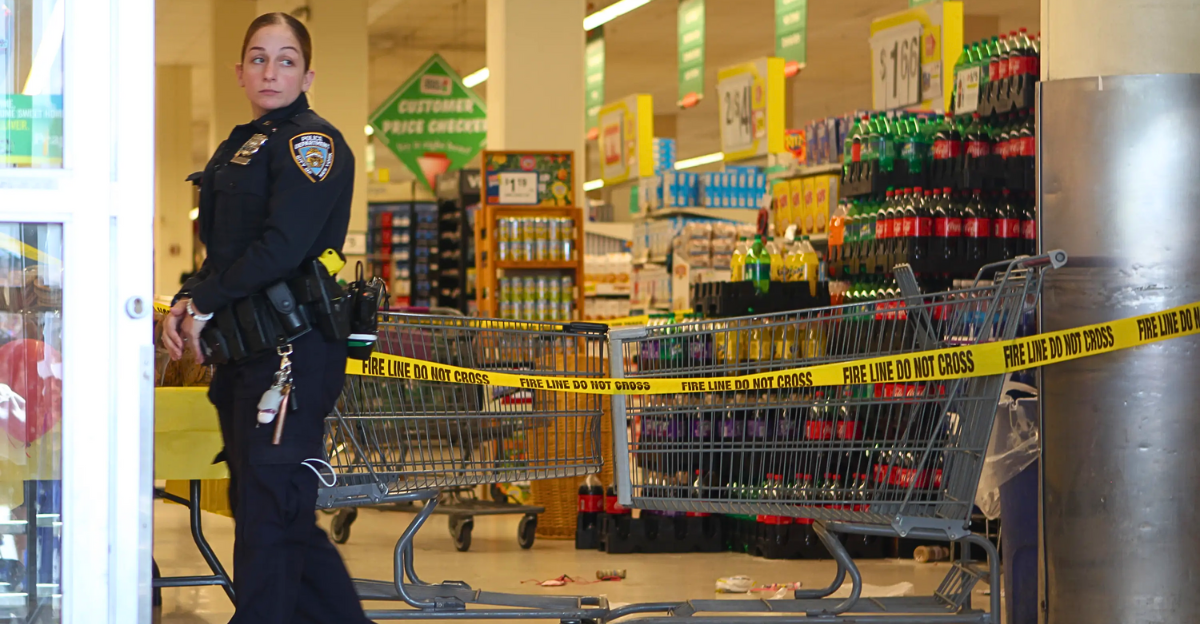
Across the U.S., shoppers are noticing something strange at checkout. Sale items ring up at full price. A dollar-off coffee? Charged full cost. Marked-down meat? Still expensive. At first, it seemed like a tech hiccup. But the pattern is too widespread to ignore. Federal investigators are now involved. Class-action lawsuits are piling up.
Families already struggling with food prices, up 28% since 2019, are being hit with a new, hidden cost. And it’s hurting the very people who try hardest to save. What’s behind this quiet price shift that’s costing Americans millions? The answer is more troubling than you might think.
The Sale That Disappears at Checkout
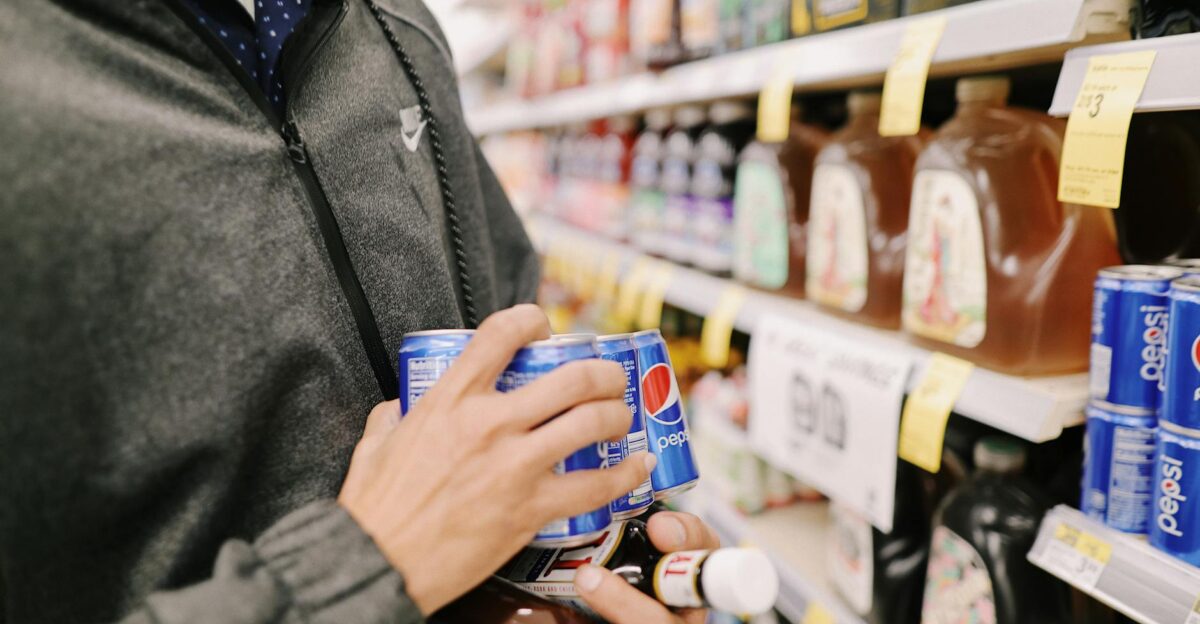
Consumer Reports, The Guardian, and the Food & Environment Reporting Network went undercover in 26 stores across 14 states and D.C. They found over 150 expired sale tags. Items advertised as discounted were ringing up an average of $1.70 higher, a shocking 18.4% markup.
In some states like California, grocers have paid millions in fines. North Carolina has fined 14 stores for scanner overcharges. Nationwide, pricing errors now affect one in every 25 items scanned, according to recent inspections. It’s happening in big cities and small towns. And it’s turning groceries into a gamble for shoppers.
Grocery Shopping Used to Be Simple
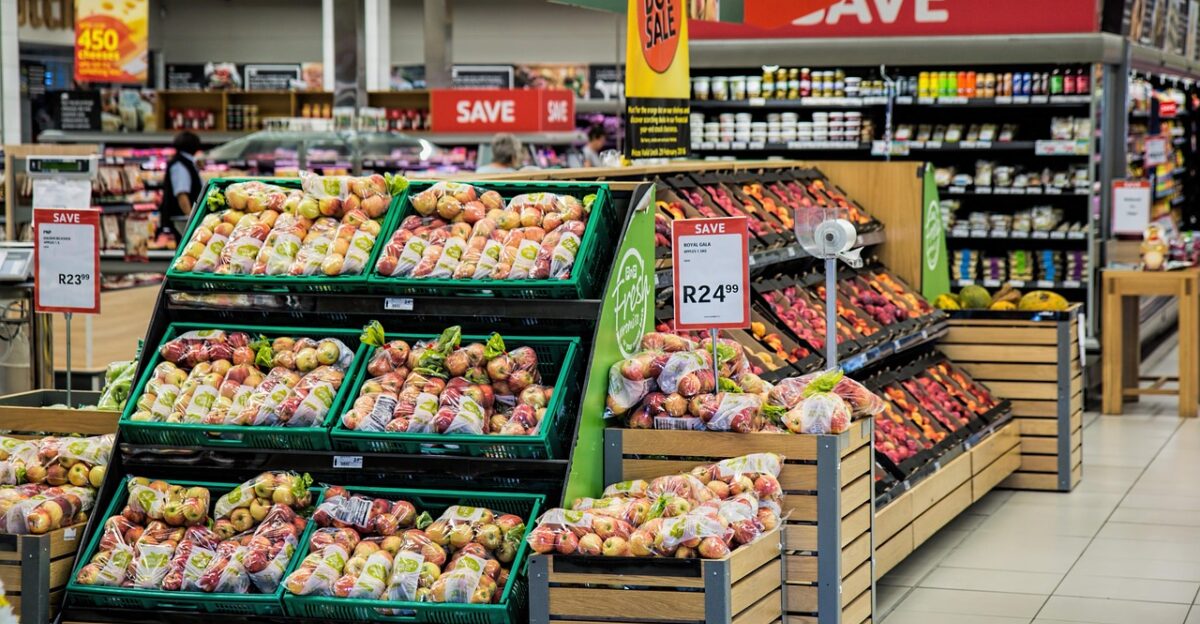
For generations, people trusted the shelf prices. If cereal was marked down, you paid that price. Shoppers built their budgets around those signs, especially families living paycheck to paycheck.
But now, the system is broken. A jar of Nescafé might show a discount, but it rings up at full price. One box of Cheerios advertised as marked down was scanned at 60% more. It’s more than an error; it is like betrayal.
Many shoppers now take photos of sale tags before heading to checkout, then comb through receipts for proof. The basic act of buying food has become a test of vigilance.
Too Few Staff, Too Many Prices
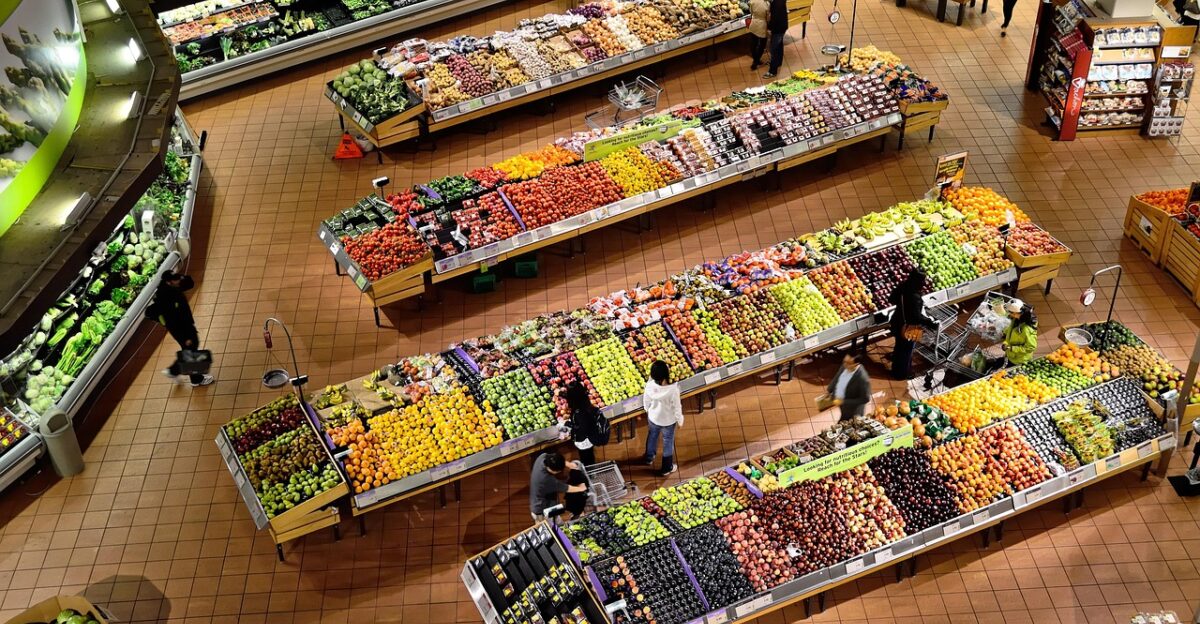
Behind the scenes, grocery chains are running on thin crews. Retailers have cut staff and hours, while expecting the same teams to keep thousands of shelf tags updated. Some stores juggle 15,000 promotional tags with only one or two workers assigned to pricing. It’s not doable.
Many employees report working part-time hours without enough help. According to the Economic Roundtable, grocery workers’ real wages have dropped 15% since 2003, even as $15.8 billion was funneled to shareholders. With labor costs making up just 14% of revenues, staffing is an easy place to cut, and the cracks are showing.
Kroger’s Pricing Errors Run Deep
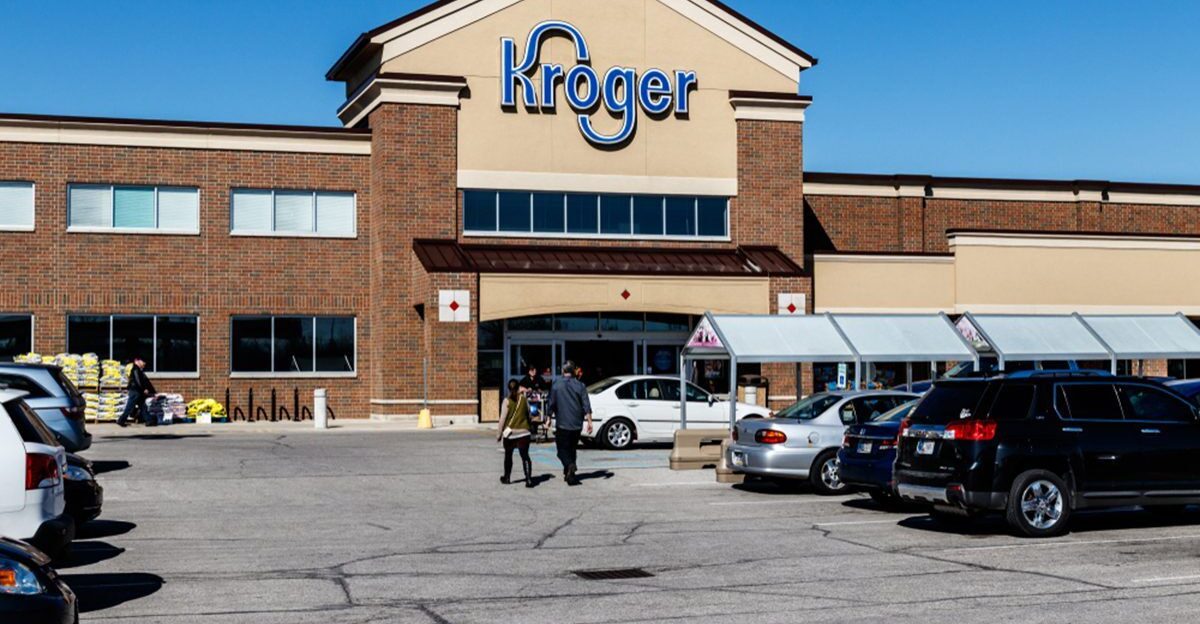
The core of the problem is Kroger. As America’s second-largest grocer, with 2,700 stores across 35 states, its errors affect millions. The audit found that Kroger banners like Harris Teeter, Ralphs, and Fred Meyer were charging full price for advertised sale items. Mission Flour Tortillas labeled $2.99 scanned at $4.99. Pistachios tagged at $2.49 rang up at $4.99.
One-third of tags were expired more than 10 days, and some hadn’t changed in three months. Internal Kroger audits found a 6% error rate, six times higher than its own 1% target. Senator Ruben Gallego called it deceptive and potentially illegal under consumer protection laws.
Small Mistakes, Big Financial Hits
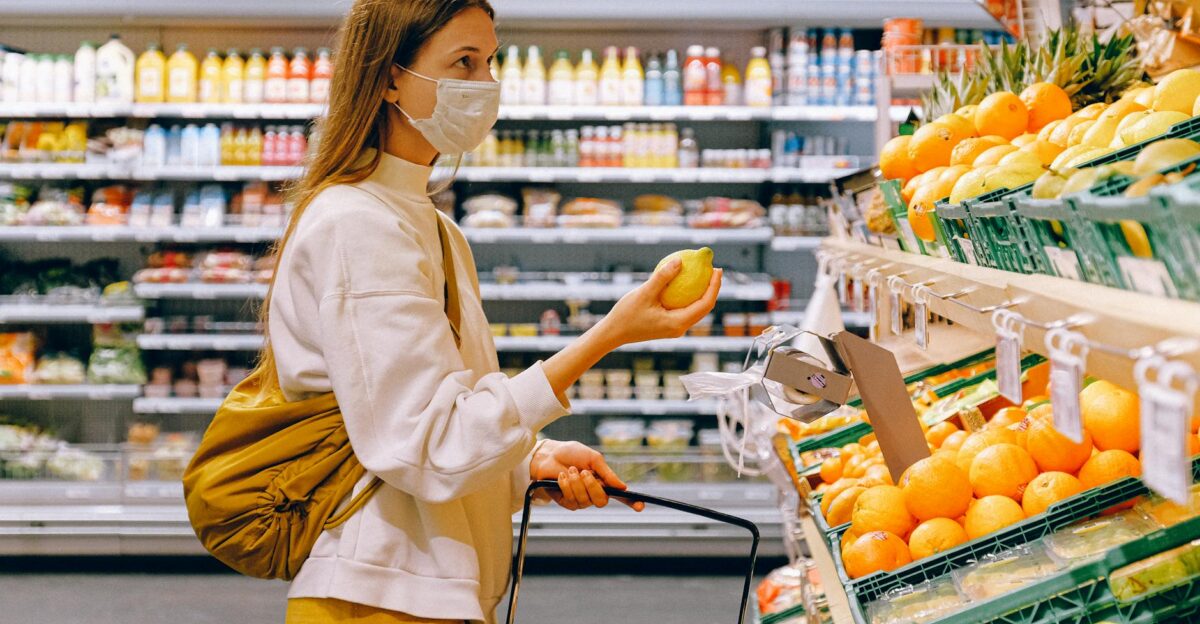
That extra $1.70 here and there doesn’t seem like much, until it happens over and over. For families already on tight budgets, those small hits stack up fast. A typical shopper could lose hundreds a year without realizing it. In Boston, investigators found pricing errors in working-class areas where every dollar counts.
Some customers are even putting items back at the register because the surprise total is too high. A 2024 survey showed four in five grocery workers can’t afford basic living costs. These pricing mistakes feel less like accidents and more like an unfair tax on people trying to save.
Workers Say They’re Powerless
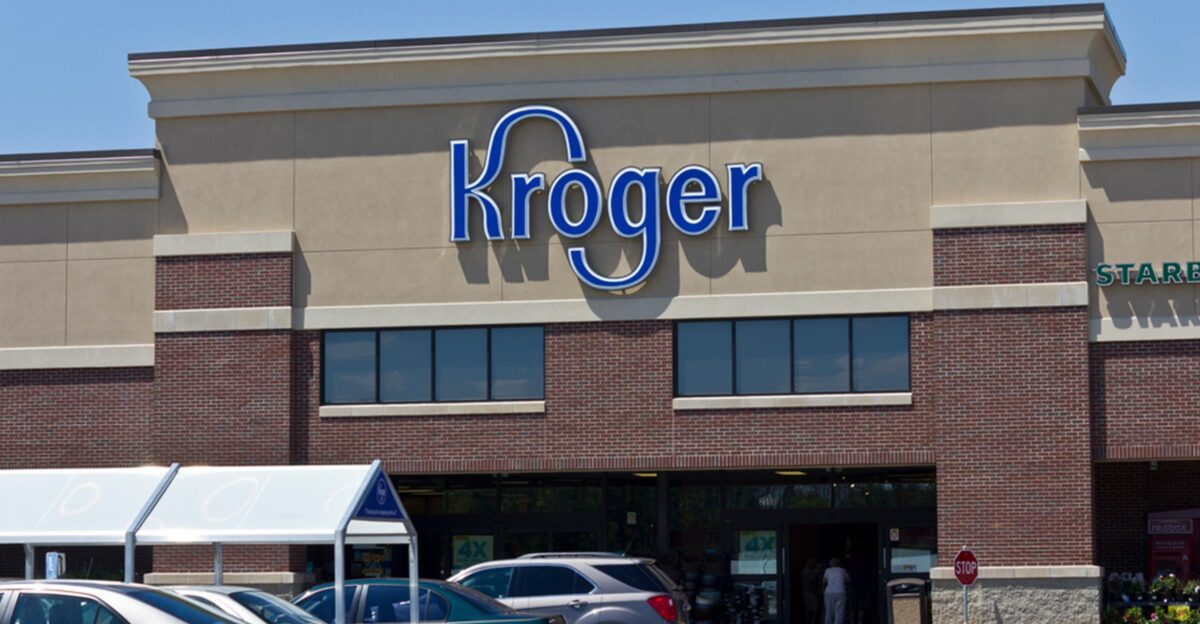
Store employees know the errors are happening, but many say they can’t fix them. Joy Alexander, who works at Kroger-owned King Soopers, explained: “They think it was $2.50 when they grabbed it. They don’t know they’re paying $3.75.” Staff are stretched thin and often can’t keep up.
At Vons, a front-end supervisor said they don’t even have enough people to cover lunch hours. More than 90% of grocery workers surveyed across Colorado, Southern California, and Washington said they’ve seen price gouging at their stores. Many feel caught in the middle, unable to help, yet watching customers get misled every day.
This Isn’t Just Kroger’s Problem
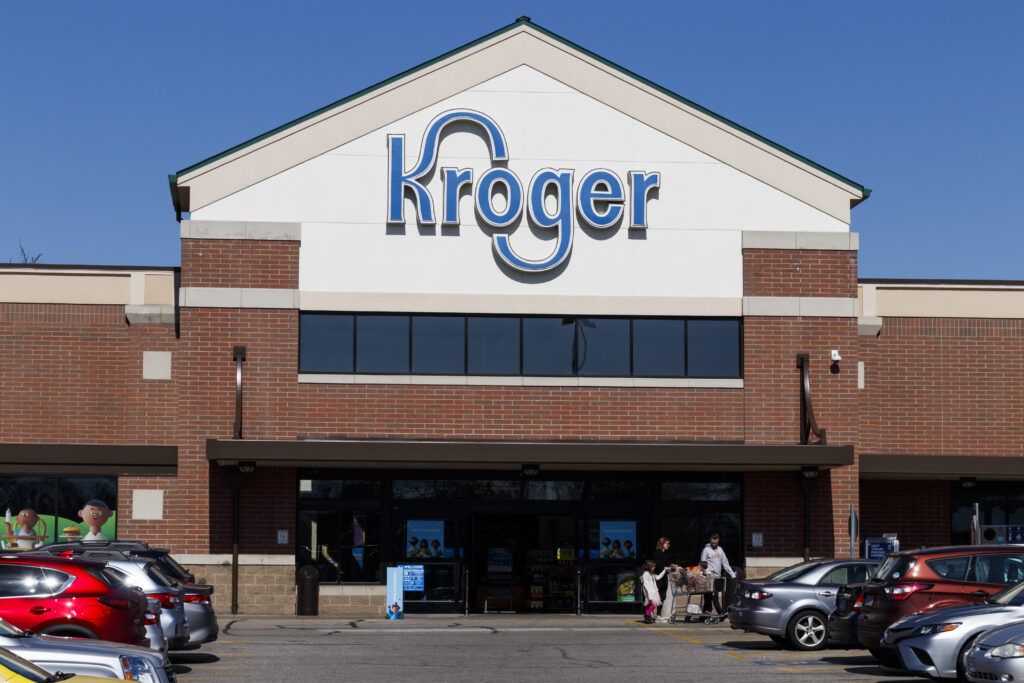
Kroger may be the biggest name in this scandal, but it’s not the only one. Walmart had a pricing system failure in March 2024 that affected 1,600 stores. The company still hasn’t shared how many customers were overcharged. Albertsons, Safeway, and Vons paid nearly $4 million in a settlement over mispricing. Publix is in court over allegations of inflated meat weights at checkout.
Even Grocery Outlet was accused of using fake price comparisons in Oregon. Industry-wide, it looks like many grocers are gambling that the profits from pricing “mistakes” are worth the occasional fine or bad headline.
Shoppers Are Fighting Back
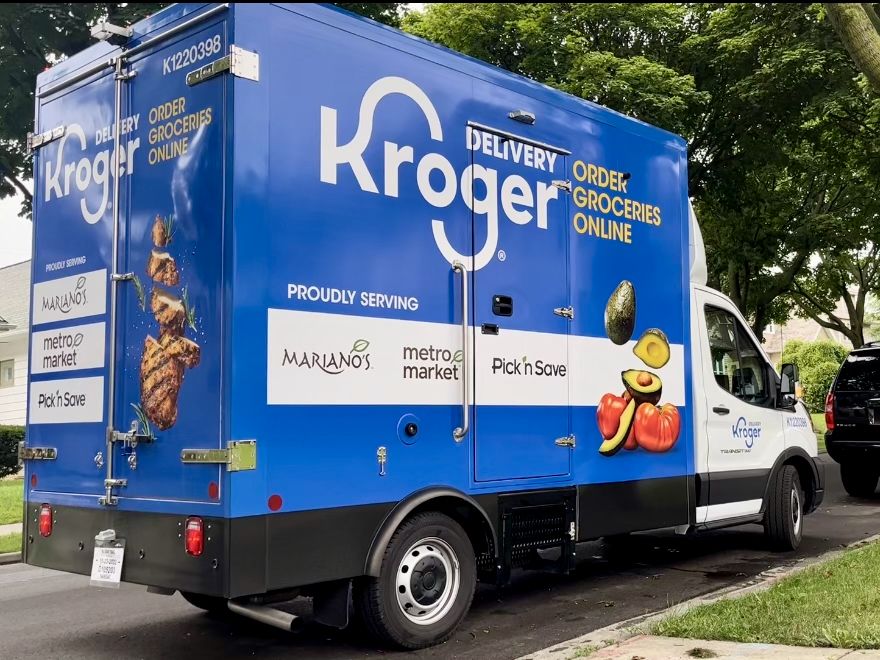
In response, shoppers are changing how they buy food. Many now photograph sale signs, double-check receipts, and post their findings on social media. On TikTok, #receiptcheck has become a way to call out overcharges and share tips. Apps like Wave and Veryfi are helping people track expenses and spot errors.
According to recent surveys, 61% of Americans watch food-related content weekly, and pricing posts are rising fast. Some shoppers have stopped being loyal to any one brand, instead chasing accuracy. Grocery shopping is no longer just a chore. For many, it’s become a careful game of spot-the-error.
Are Tariffs Making Food More Expensive?
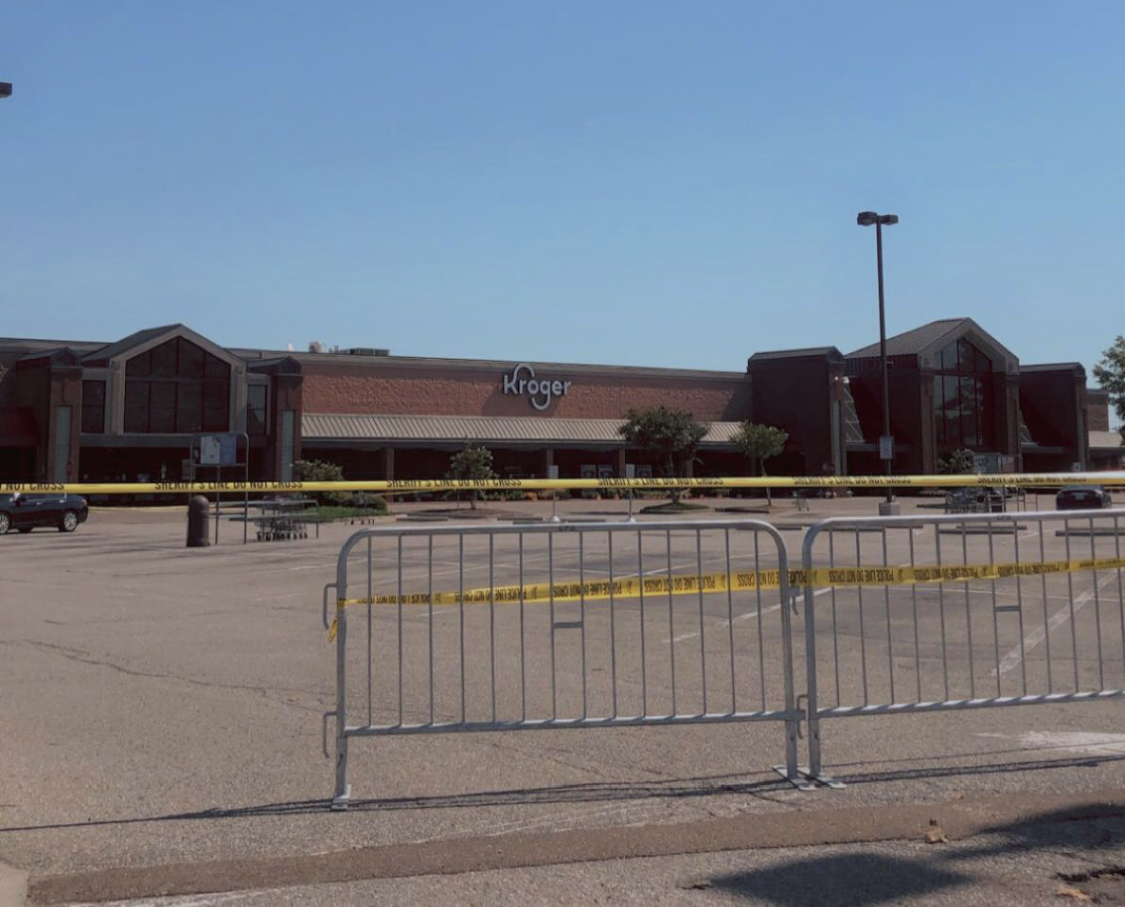
Retailers, including Kroger, say tariffs are part of what’s driving grocery costs up. Kroger’s CFO told investors the company is watching tariff exposure “closely,” especially for fresh produce, and that any price hikes from tariffs would be “a last resort.”
While Kroger hasn’t blamed tariffs for its pricing scandal, it joins other chains like Walmart in warning that tariffs raise food costs.
Will Anything Really Change?
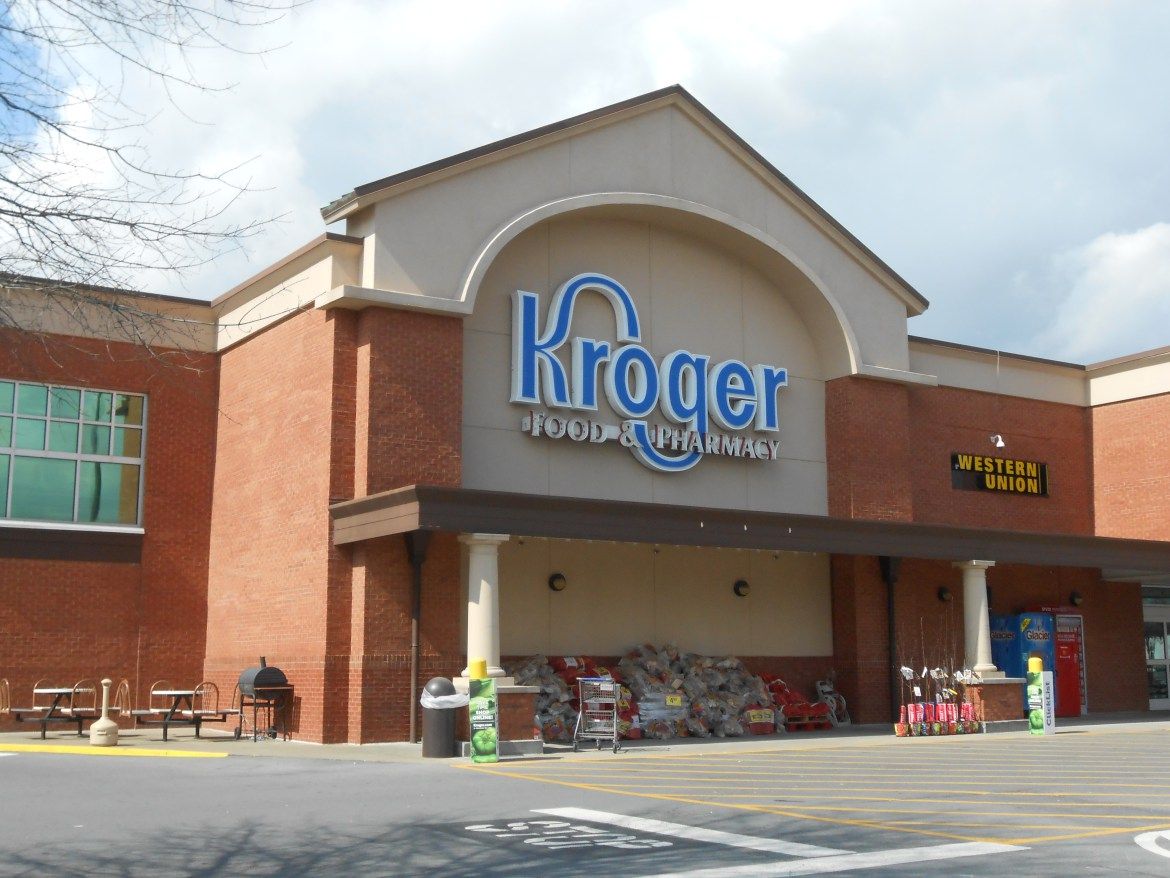
Public pressure is mounting. Class-action lawsuits are in motion. Senator Elizabeth Warren introduced the Price Gouging Prevention Act of 2024 to crack down on inflated pricing. Senator Ruben Gallego is pushing for Kroger to repay overcharged customers. Just one day after the investigation dropped, Kroger promised to hire 15,000 new workers to improve the “customer experience.”
The company is also testing digital price tags that may help, or could open the door to surge pricing. No one knows yet if these changes will fix the problem. But one thing is clear: shoppers aren’t willing to stay quiet anymore.